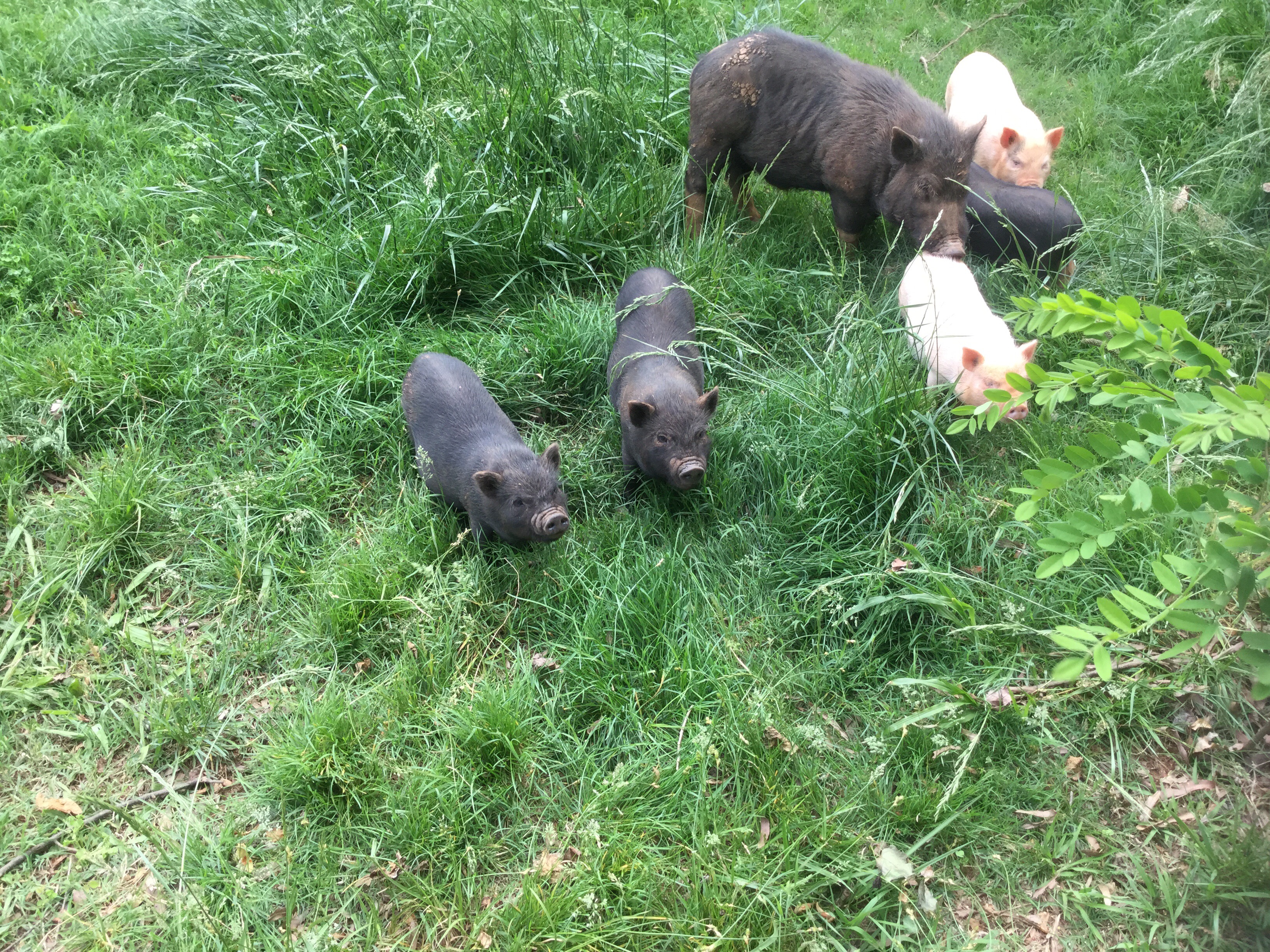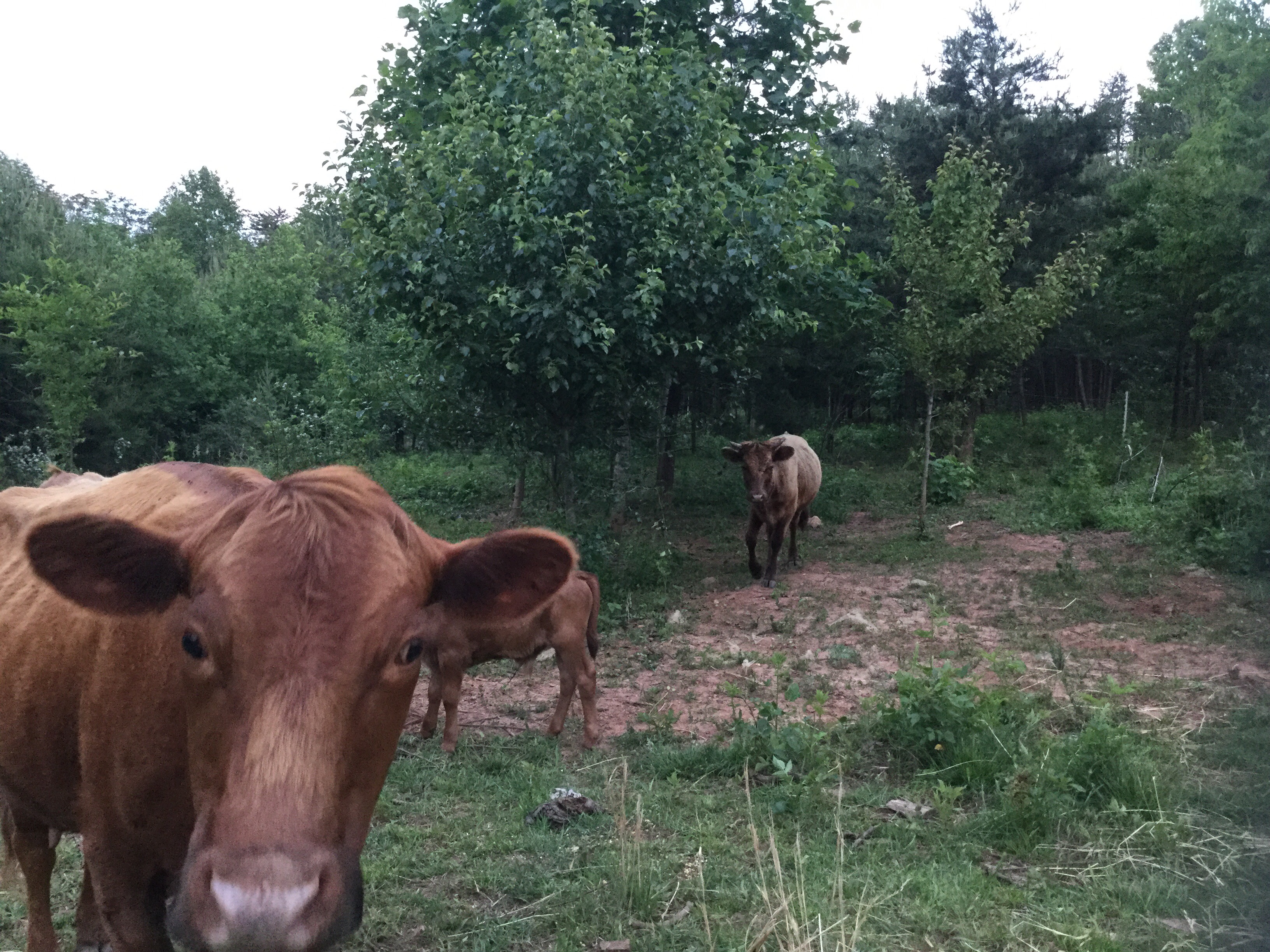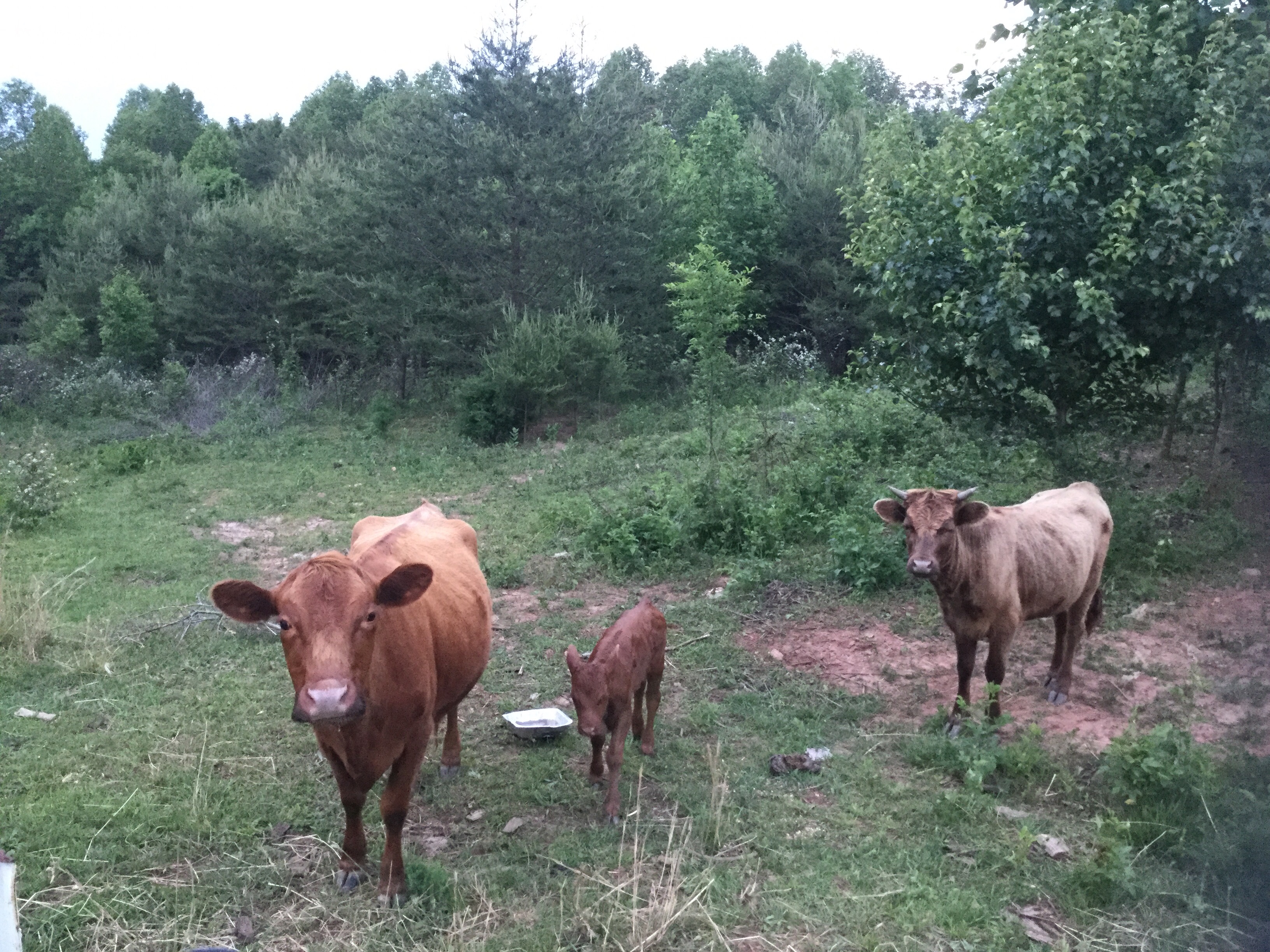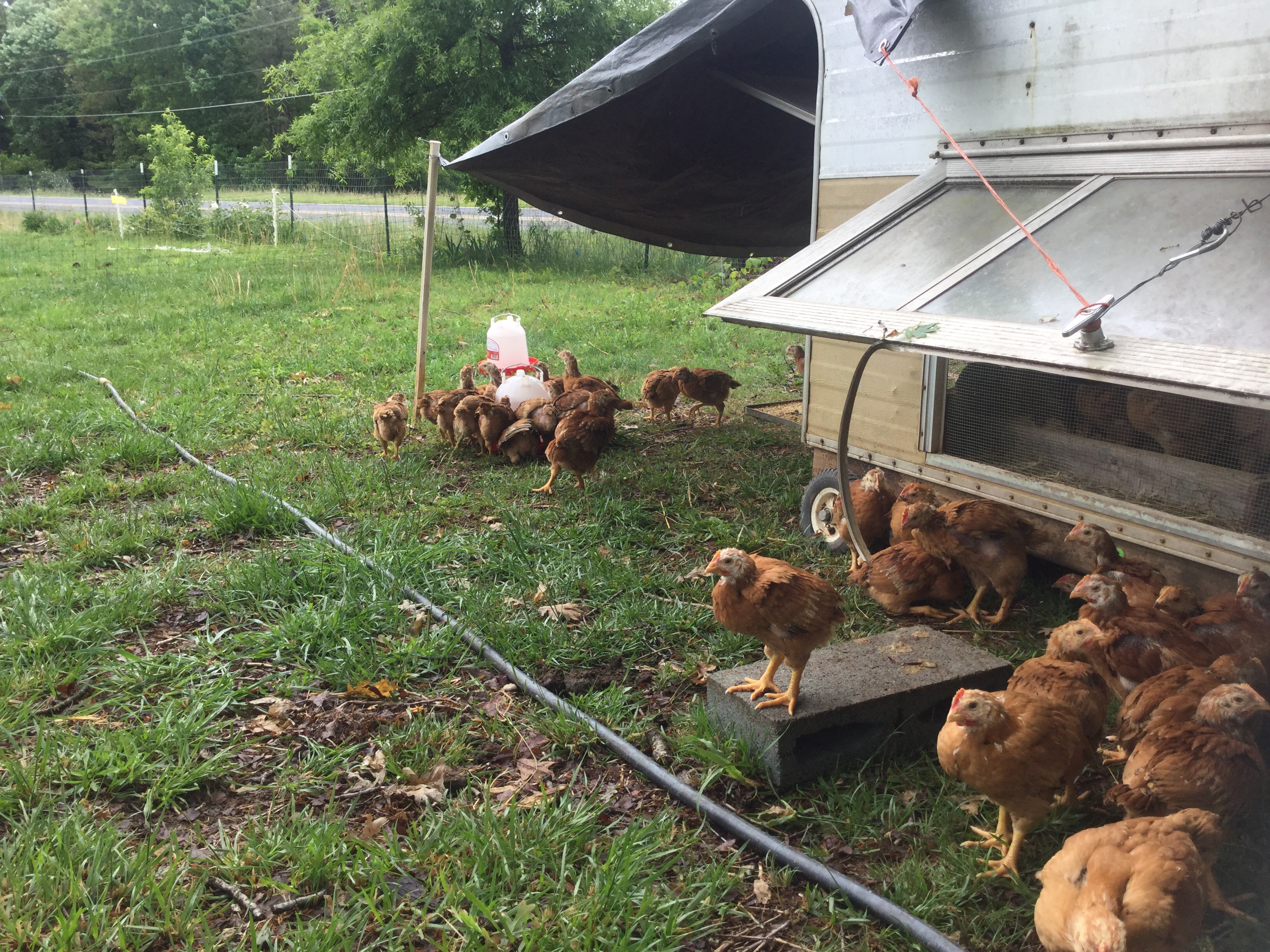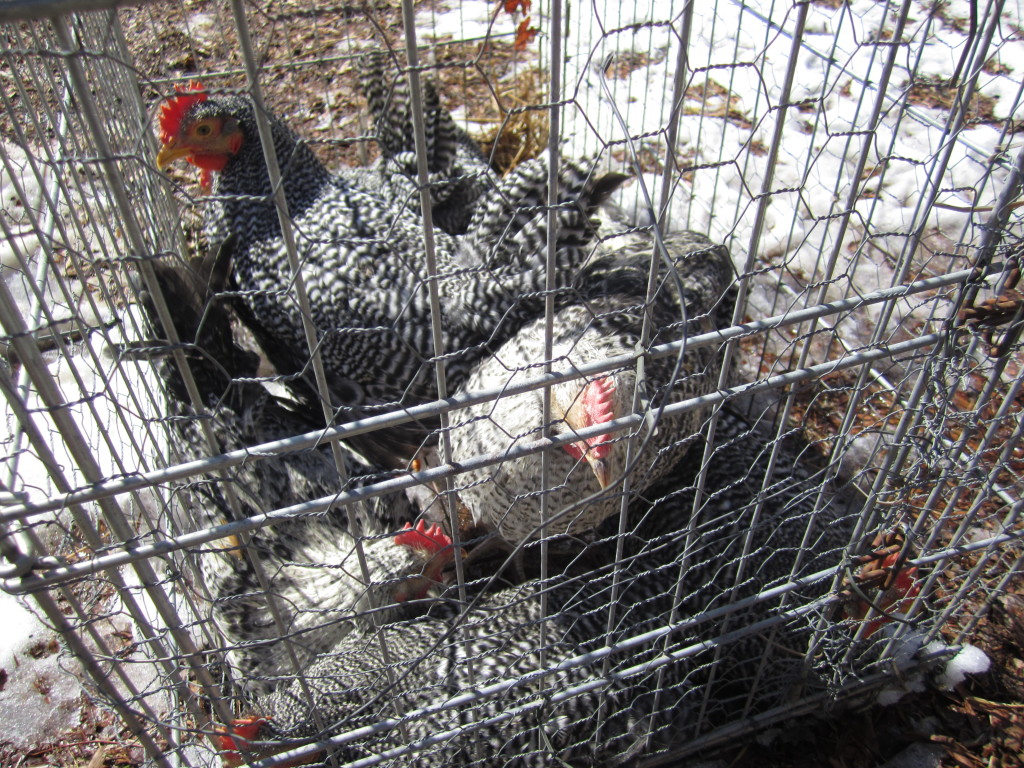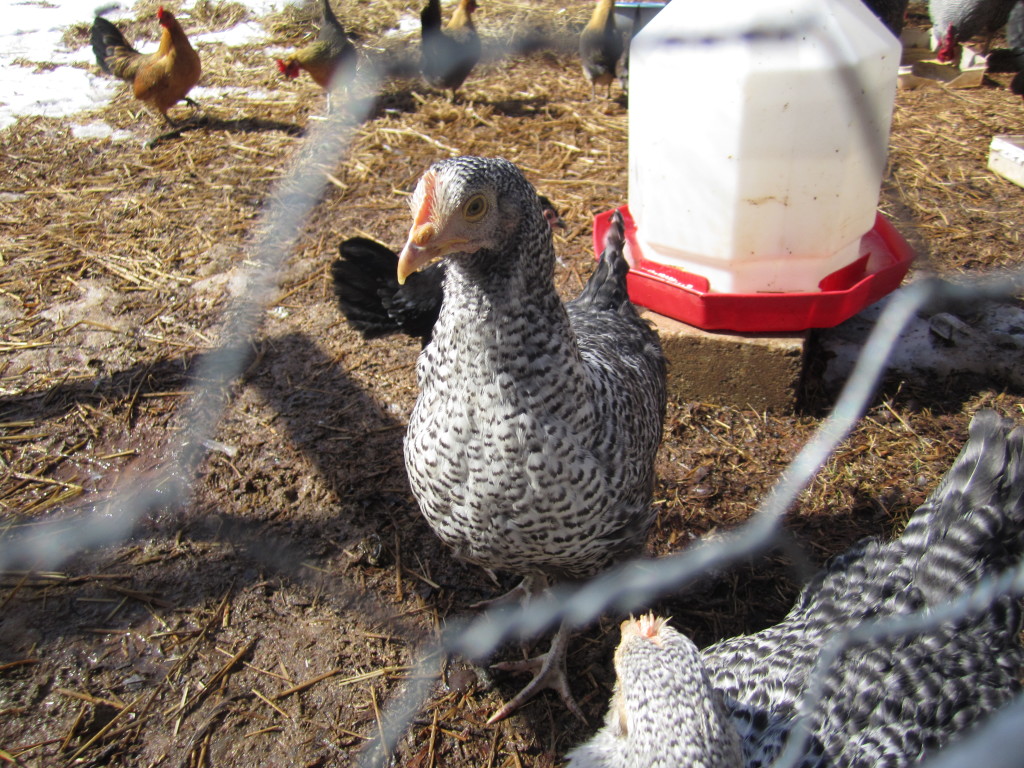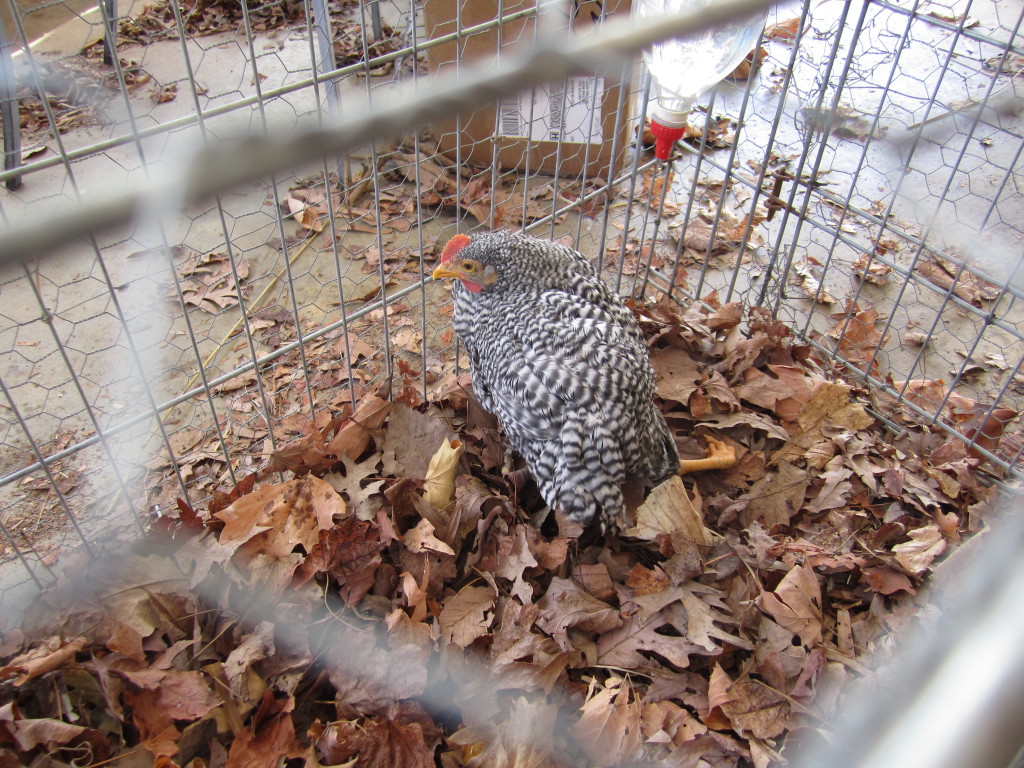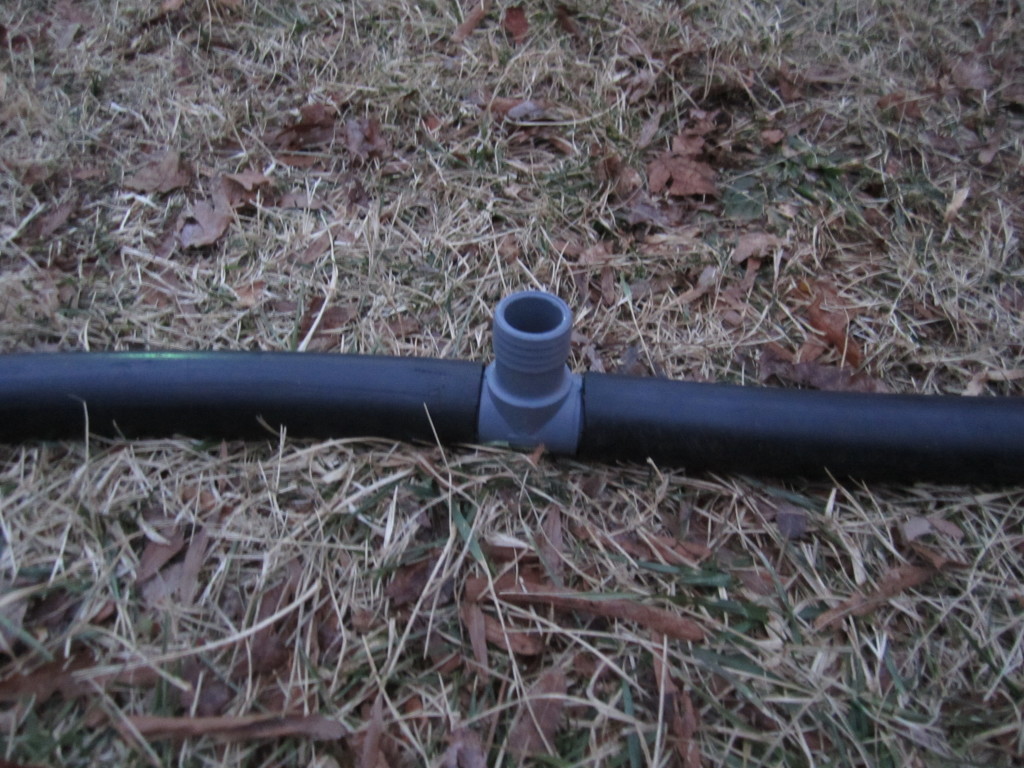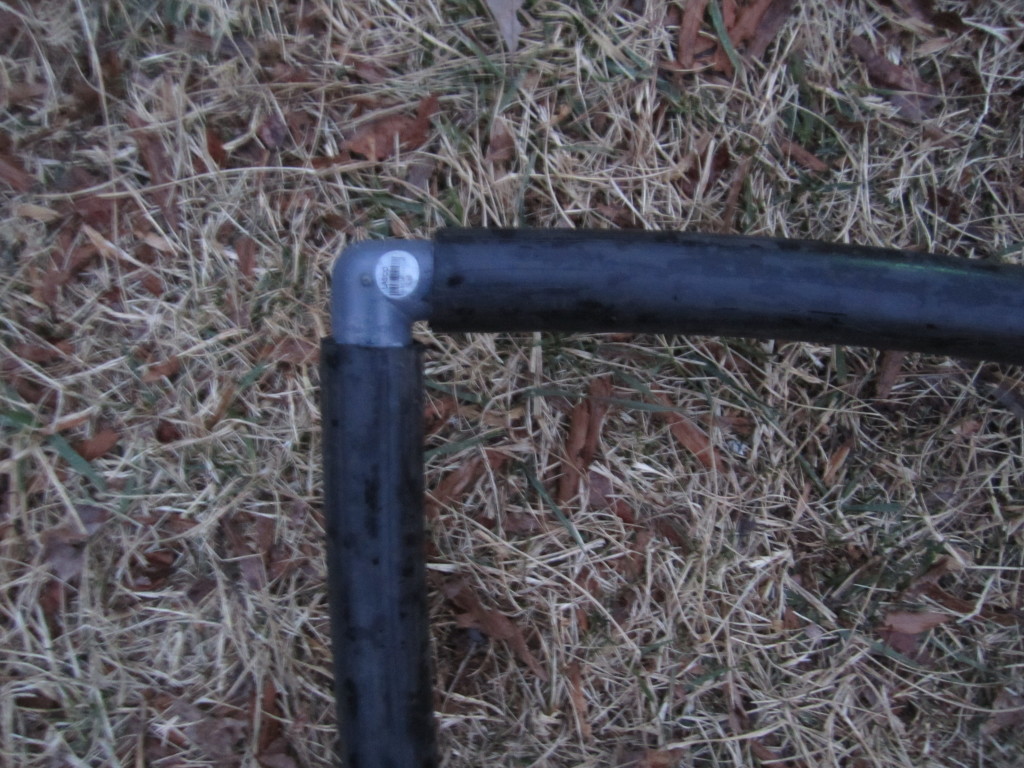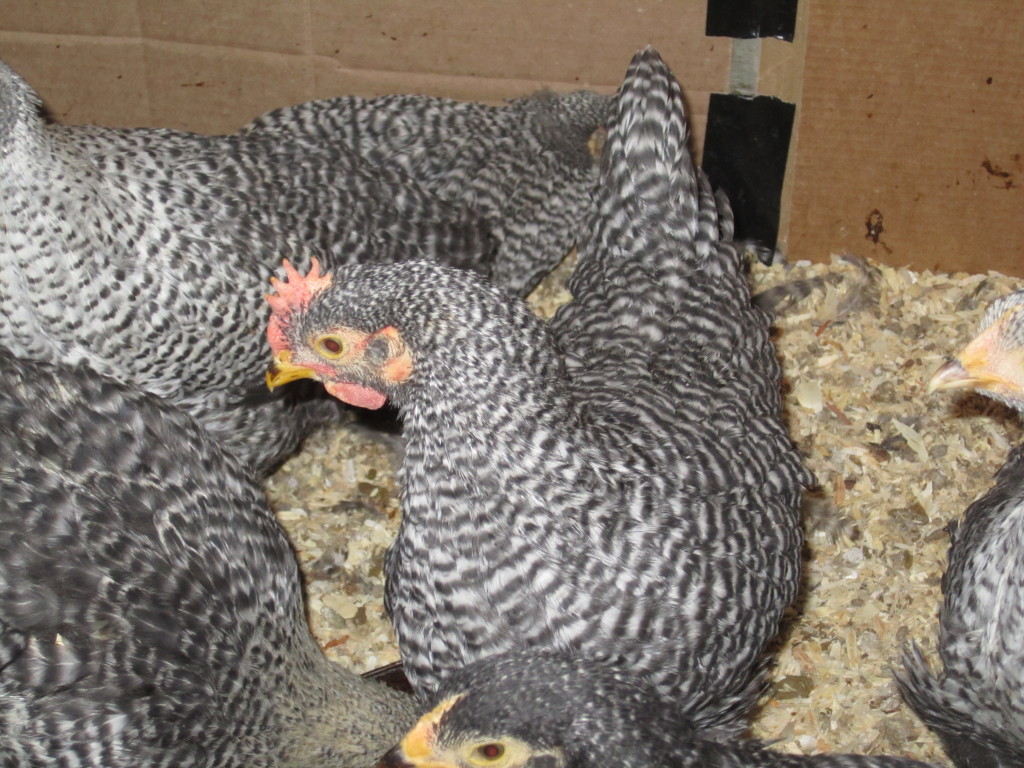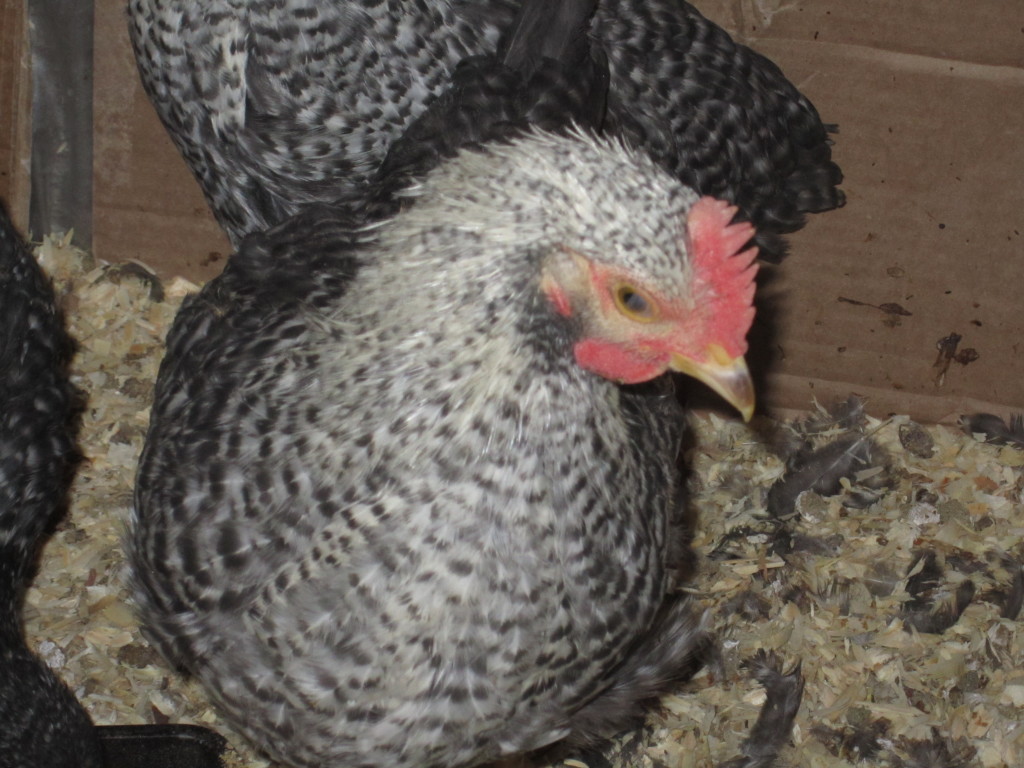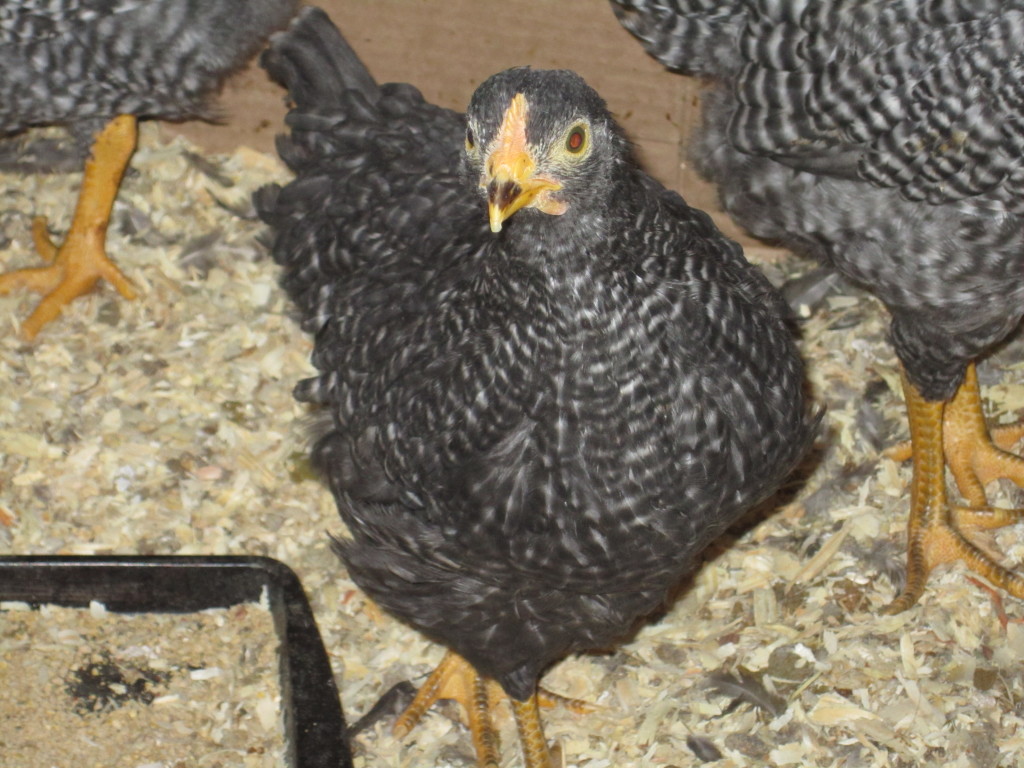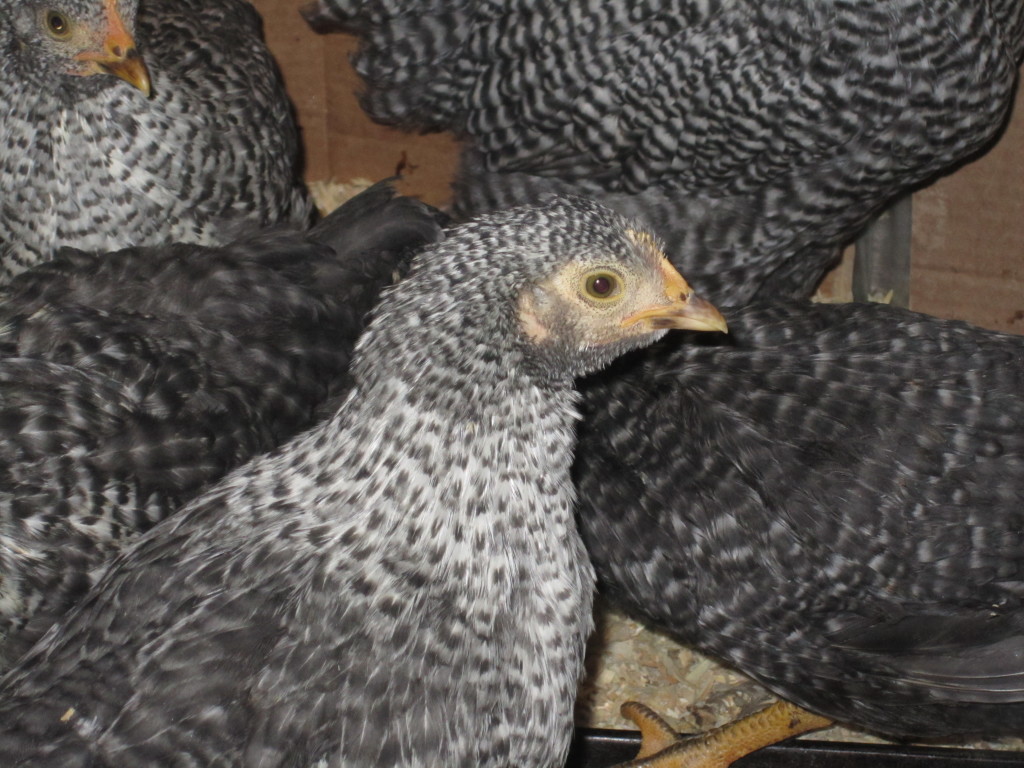Our Red Ranger chicks are a few weeks old, and they absolutely love taking dust baths! Did you know that dust baths are super important? They prevent parasites such as mites and lice from finding a home in the chickens’ feathers! This video shows our awkward “teenaged” birds taking baths… Please forgive the loud goose honking that mostly covers my narration.
KW Homestead
Pasture Raised Poultry & Edible Landscaping Plants Since 2013
Tag: chicks (page 1 of 2)
This video shows our cute and active Red Ranger chicks—the first batch of 2018.
Our Red Ranger chicks spend the first few weeks of their life in a warm brooder, and At about 3 weeks old they move outside to pasture. Right now they’re small and don’t eat very much food, but they won’t stay little for long. In a few months they’ll be mature, large roosters. Amazing!
For those of you raising chickens for the first time, or just for those of you who are interested in the way we do things around here, this video gives you a brief summary of what supplies you need to make sure that your little ones make it through the first days.
We just received our 204 Red Rangers in the mail (we ordered 200 but they often send extra), and they are all set up and safe in their brooder space. They have lights for warmth, food, water, and space to explore and interact with each other. They also have guard geese living outside their brooder, which is an old, truck camper shell with hardware cloth added. Check out the video below!
.:.
We are running full steam here at the homestead this Spring season! Between selling our free range Pekin duck and duck eggs at the Corner Farmer’s Market, kickstarting and expanding our garden, and getting ready to offer the most nutritious, delicious, truly free range chicken in Greensboro, time is flying by!
But so much is happening here, that we wanted to share some of it. This brief post will focus on the animals here at the homestead, a quick check-in with some of the stars of the show.
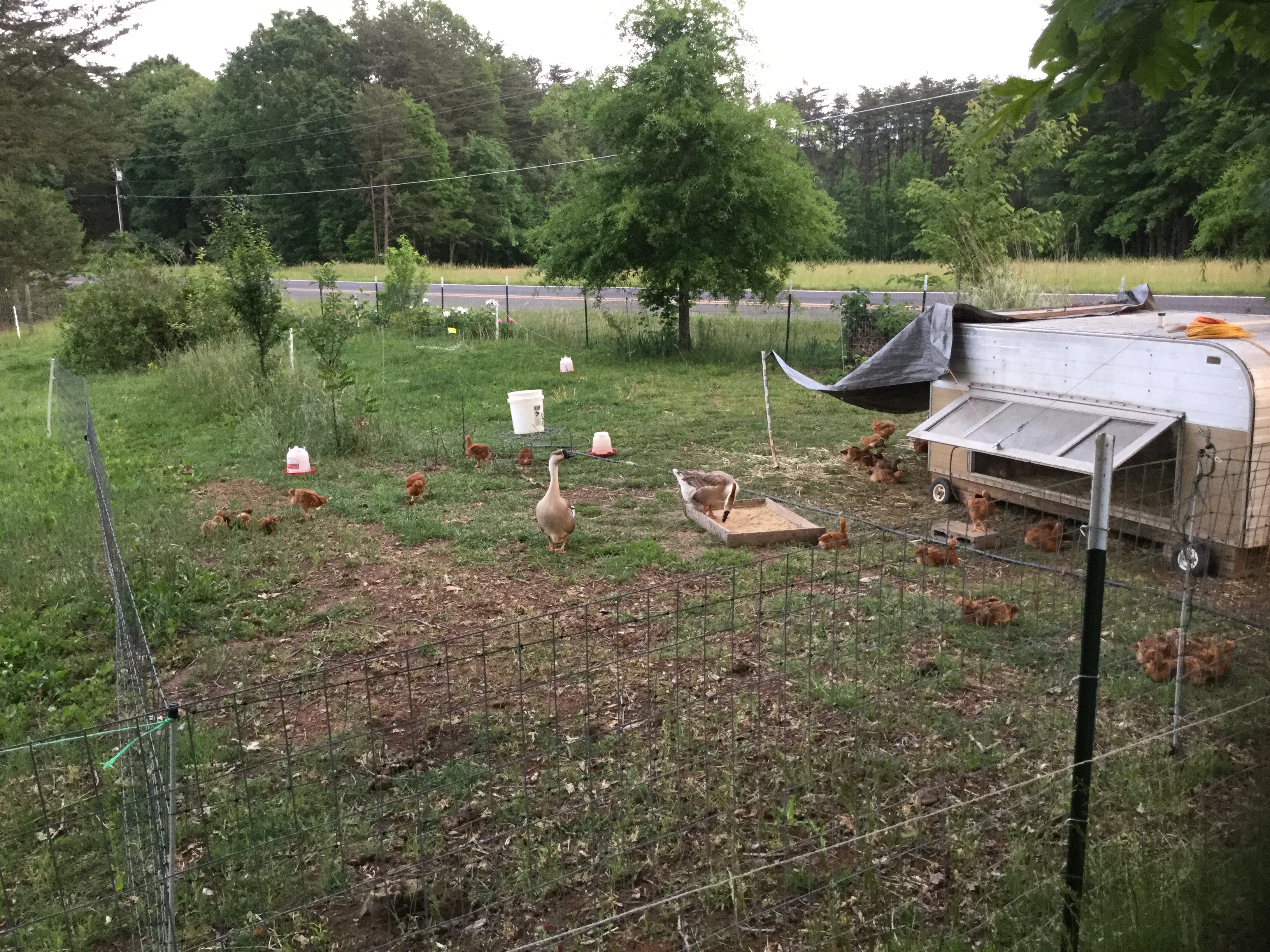
Our 2 African geese stand guard inside the electric fence and sound the alarm if anything goes awry. Or if they get bored.
Stay tuned for a plant update, and more details in the future!
And don’t forget to reserve your Free Range Chicken or Heritage Thanksgiving Turkey today!
What a wonderful sight to see, when you come out of your front door… A little nest filled with little tiny babies!
This nest has been occupied for 3 years, same nest and same plant. The jenny wren love their home here!
.:.
Last weekend we finally felt comfortable enough with the weather to kick the teenager chickens out of the house and make them grow up!!!
We have an empty nest now! Except, not really because we have the new ducklings to take care of!
Anyway, we decided to put the female teenagers in with the adult standards and add the bantams in with them. The teenage boys are in the old bantam tractor and Gimpsy gets to live in his own cage in the carport (except during cold weather).
Getting them out of their basement home was simple since they are so used to me picking them up and petting them.
The boys have adjusted just fine in their tractor (likely because they don’t have any other chickens picking on them).
The girls… Not so much.
When we first put them in the yard with the other chickens, they acted catatonic and really confused about life. Since that day, most of them are more well-adjusted. Others still run from all other contact with chickens and hide in the corner of the fence or the house. We think that given time, all of the teenage girls will integrate just fine with the rest of the flock (i.e. their mothers and father).
Gimpsy is doing fine in his cage, and has become more vocal since feeling like he is the king of his castle (that is, except when Bolt sticks his big, ugly mug up next to his cage).
More updates to come!
.:.
This year we’re hitting the ground running with a lot of new ideas and plans being put into action!
Pigs
You might have already read about our new potbellied pigs and their new weather-proofed pen! Here is the lowdown on our pigs: We have…
- One adult male who is about 3 years old. His name is Gandalf and he is our breeding male. He still has his tusks, which makes him more dangerous than the other adults. Even though he is generally friendly (his old owner told us that Gandalf thinks he is a dog), he can still push up against you or rub up against you affectionately with his face and hurt you. We have to be sure that when we are near him, we wear thick pants and gloves.
- Two adult females who are about 2 1/2 years old. They are sisters and we haven’t named them yet. They look very similar but one has yellow at the end of her tail and the other does not. We’re just calling them The Sisters for now. They are less interested in human contact than Gandalf is but are not unfriendly. They just have not been socialized as much as Gandalf, but I have noticed that they have become more interested in us when we come over to their pen.
- Four piglets. Three of them are from one litter and are 2 1/2 months old and the fourth one is from another litter and is 1 1/2 months old. Half are males and half are females.
Our long-term plans for the pigs are to keep the breeding trio as just that, and to allow each mother to have 2 litters per year. Their litters will be humanely harvested as meat once they have grown up.
Turkeys
You might have read our most recent post about beginning our turkey operation and raising birds for this year’s Thanksgiving!
We just ordered our turkeys the other day: 50 Bourbon Red Heritage Turkeys and 20 Heritage Turkeys that will be a mix-and-match of 6 heritage breeds. We plan to keep a couple breeding groups so we can hatch our own eggs in subsequent years. We also plan to eat many of them ourselves! Yum!

A baby turkey (called a poult).
Ducks
Around the time that we get our baby turkeys in April, we will also be getting some ducks to start a laying operation. We haven’t ordered these guys yet, but it looks like we’re going to be getting Cayuga ducks which are a beautiful black/green color, lay gray or even black eggs, and are very personable. We’ll also be getting another breed as well, to be determined.

A beautiful cayuga duck! We can’t wait for those gray eggs!
Chickens
Since the winter weather has shut down a lot of our outside chores except for feeding and watering the animals, some of our ideas and projects have shut down too. For example, the chicken tractor that we began building a few weeks ago is covered in snow right now and still incomplete. Since our chickens have gotten even larger since we began the chicken tractor, we realized that we can simply add them to the adult flock in a few days once the weather gets a bit warmer. The bantams will leave their bantam tractor and live with the standards for a while, and the younger female chickens will leave their basement home and join the others. The tractor can then house the younger male chickens until we butcher them (leaving one barred rock and one hybrid male for breeding).
And, in three more months the new hens should start laying eggs, adding to how many eggs we’ll get!
.:.
With the chicks getting bigger and bigger (and messier and messier!) it is high time to get them outside and into the “free” world!
This weekend Jason and I started with our new chicken house/tractor idea. Since we started the homestead almost 2 years ago, our idea of the best chicken houses and pens have changed. Our first chicken house is still in use, housing our standard chickens and just a few bantams (these standards are the parents of our new chickens). This house is larger than the newer one and the associated pen once enclosed the house but now uses the house as a fifth side of the pen, giving the chickens almost as much space and making the entire contraption easier to move. More recently, the bantam mobile has become even more of a favorite. Its small size and light weight allows us to move it everyday, which gives the bantams access to fresh turf and cuts down on damage to the yard and grass.
So, based on our experience with a semi-mobile house/pen and a very-mobile house/pen, we realized that we really like the very-mobile design better. Our idea of the new house is this: a 12 foot by 8 foot chicken tractor that can be moved as often as we desire, by dragging the entire structure.
This structure is being made out of 1 1/4 inch black polyethylene pipe, the flexible kind! This will be really lightweight and allow for easy sliding!
We started on the base of the tractor, cutting the pipe to the right length and attaching plastic connections so that 3 arches can be added to the top of the frame. We anticipate that the arches will be about 4 feet tall at their highest point.
The final product will be half-cylinder shaped, like many greenhouses. But for now we have to deal with the issue of straightening out the pipe, since it has been tied in circles and kept behind the barn for the past half-year!
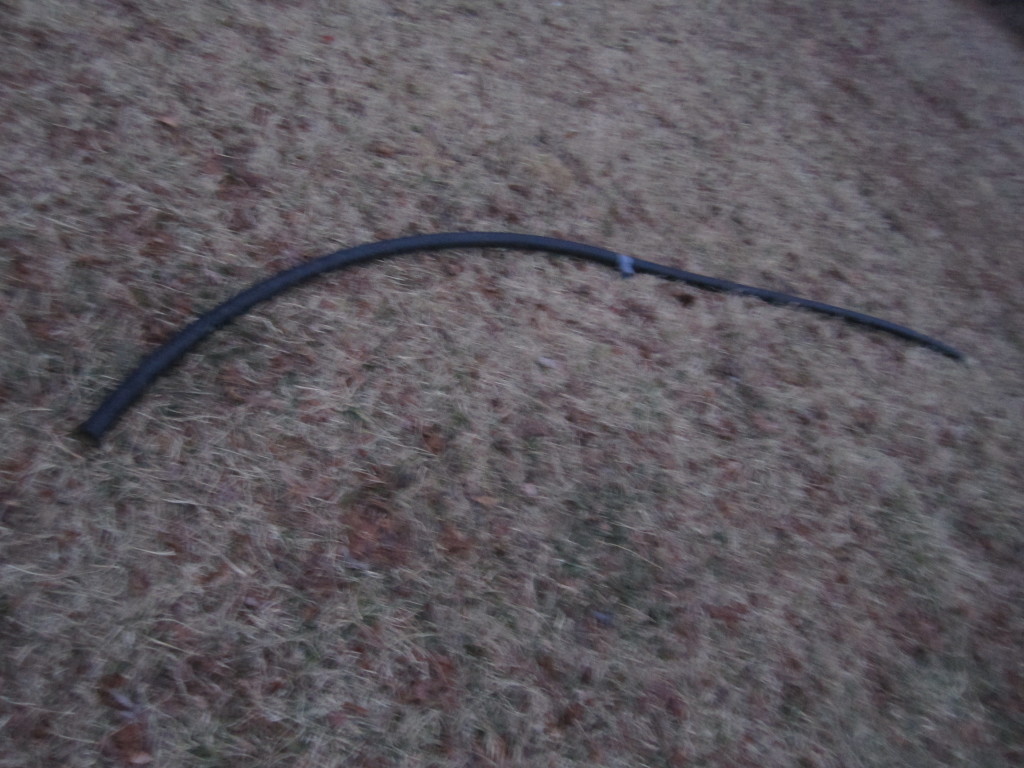
Look how crooked these pipes are now! Don’t worry, though! We can straighten them out in the heat of the sun.
After we get the pipe straightened out a bit, we’ll add the arches to the frame and finish connecting the corners. The entire house will be covered by chicken wire (but the bottom will be open) and one half of the structure will be also covered in something (perhaps black roofing liner and a tarp) to keep out the rain and the wind and also house the roost bars.
We have yet to figure out where the egg box will be and how the water and food trays will be designed, but it’s exciting to finally get started!
Wish us luck!
.:.
This video gets up close and personal with the 7 week old chickens!
At this point in their development, you can see who the hens will be and who the roosters will be! The roosters have well-developed combs and a few of them are even starting to crow! For most of the chicks, you can tell which are hybrids (crosses between Barred Rocks and Buff Orpingtons) and which are full blooded Barred Rocks.
Check out the video for more info!
.:.
© 2025 KW Homestead
Theme by Anders Noren — Up ↑
